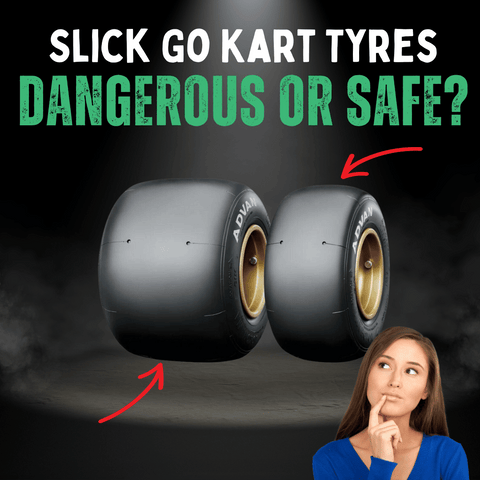
Go-karting is more than just a thrilling sport; it's an experience that unites families, friends, and racing enthusiasts alike.
Choosing the right tyres is paramount to ensuring a safe yet exciting ride.
If you need some more insights on this, our comprehensive guide on go-kart tyre sizes could prove useful.
Are slick tyres safe or dangerous?
Let us break it down for you:
Is Go-Karting Dangerous?
Go-karting can be dangerous, but with the right gear and safety measures, it can be a safe family sport.
Knowing how to avoid common karting mistakes can significantly reduce these risks.
But what are these risks, and how can you mitigate them?
Potential dangers of go-karting
- Rolling over or hitting the wall: Approaching sharp turns at high speeds can cause these accidents.
- Typical injuries: Whiplashes, fractures, and sprains are common.
- Open-wheeled design: Risk of injury due to the open-wheeled design of go-karts.
- Driver error or other racers: Accidents can be caused by these factors.
Go Kart Tyres 101
Whether it's for casual fun or competitive racing, understanding the tyres used in go-karts is crucial.
Learn more about go-kart tyres in our in-depth guide.
If it's not raining or the track isn't wet, slicks are the way to go.
Slick tyres are not inherently dangerous, but they can make go-karts more challenging to control in certain conditions.
The role of slick tyres in go-kart racing
- Racer's choice for dry tracks: Slicks offer the grip needed on dry surfaces.
- Where the use of threaded tyres is prohibited: Slicks are the preferred option.
- Slicks in the wet should be compulsory: It’s not recommended, but some believe it adds a layer of challenge.
- Using car tyres on a go-kart can be dangerous: Stick with tyres designed specifically for go-karts.
Slick Tyres vs Other Tyres in Different Conditions
Understanding the differences between slick tyres and other types of tyres in various weather conditions can help drivers make informed decisions.
- Dry Conditions: Slick tyres are the racer's choice for dry tracks as they provide optimal grip and control. They are designed to maximise surface contact, thus offering better handling.
- Wet Conditions: Using slick tyres in wet conditions can be more challenging and is generally not recommended. Wet tyres with proper treads are preferred as they prevent hydroplaning and offer better control.
- Mixed Conditions: Sometimes the track conditions can be unpredictable. In such scenarios, having a solid understanding of the characteristics of slick tyres versus wet or intermediate tyres can be beneficial.
Care and maintenance of slick tyres
Proper care and maintenance of slick tyres are essential for ensuring their optimum performance and safety.
Knowing how long go-kart tyres last and how to maintain them can make a huge difference.
- Regular Inspection: Check for any wear and tear or damage that may compromise safety.
- Proper Storage: Store them in a cool, dry place to prevent degradation of rubber.
- Alignment and Balancing: Ensure that the tyres are properly aligned and balanced to prevent uneven wear.
- Professional Guidance: Consult with a professional or follow the manufacturer's guidelines for specific maintenance practices.
Go Kart Racing Safety Measures
How to stay safe and enjoy the sport
- Use protective gear: Helmets, overalls, and even fire-resistant underwear are essential.
- Regular maintenance: Ensuring that the go-kart is in tip-top condition minimises risks.
- Follow the rules: Understand and adhere to the regulations of racing.
- Choose the right tyres: Use wet tyres in wet conditions and slick tyres in dry conditions.
Racing tends to be dangerous because the vehicle is not fully enclosed, and go-kart flipping is a real danger.
However, with the right approach and understanding, it becomes a thrilling sport accessible to everyone. And yes, even the tyre warming seen in F1 races has a role in go-karting.
In Summary
The answer is… not straight forward. They are not inherently dangerous but require proper knowledge and application.
This includes understanding optimal air pressure for go-kart tyres and other factors.
Safety is a collaboration between the equipment, the racer, and the environment.
By understanding the potential dangers and following recommended safety measures, go-karting can be an enjoyable, adrenaline-pumping experience that is as safe as it is fun.
FAQ’s:
Why are go-kart tyres smooth?
Go-kart tyres, particularly slicks, are smooth because they have absolutely no tread on them, making them suitable for racing on paved tracks or dirt track oval tracks. The absence of tread gives slick tyres the best traction on dry surfaces, allowing for improved control and performance. Treaded tyres, resembling normal car tyres, are used in other conditions, but slicks are specifically designed to excel on dry tracks.
What safety gear is required for go-karting?
The essential safety gear for go-karting includes a helmet, overalls, gloves, and boots. However, it's crucial that these items bear the correct 'Standard' label, signifying that their design has been thoroughly tested and approved for use in motorsport. This ensures that the gear meets specific safety requirements, providing maximum protection for the karter.
What are the most common injuries in go-karting?
The most common injuries in go-karting can include sprains, strains, fractures, abrasions, and occasionally concussions. Proper training, adherence to safety regulations, and the use of appropriate safety equipment can significantly reduce these risks.
What are the benefits of using slick tyres on go-karts?
Slick tyres on go-karts are completely flat with no grooves, meaning more rubber touches the tarmac as the tire moves. This increased surface area of rubber on the tarmac provides the driver with more grip. Ultimately, the lack of grooves in slick tyres translates to enhanced traction and control, making them a favoured choice for driving on dry tracks.
Get in Touch
What a ride, eh?
If this got your engines revving, there's a whole lot more where that came from!
Fancy a pit stop at our website RiiRoo.com where the rubber meets the (virtual) road.
We promise it’s not as slick as our kart tyres.
Got questions?
Don't fret!
We’re just a click away, ready to help you choose the perfect ride-on toy for your little racer or answer any of your go-kart tyre queries.
Whether it's tyre pressure, tread patterns, or just a general toy tip, we’re here to help.
Consider us your personal pit crew!
So, hop on over, let's chat!
Remember, there's no such thing as a silly question (only silly crashes!).
And we won’t judge if you ask whether F1 tyre warming strategies apply to your kiddo’s go-kart.
Seriously, we’re game if you are!
Alright, enough tyre talk. Rev up those questions and drop us a line via our contact page or pop open our Live Chat.
It's like passing notes in class, but cooler.
Remember, in the world of RiiRoo, the ride never ends!





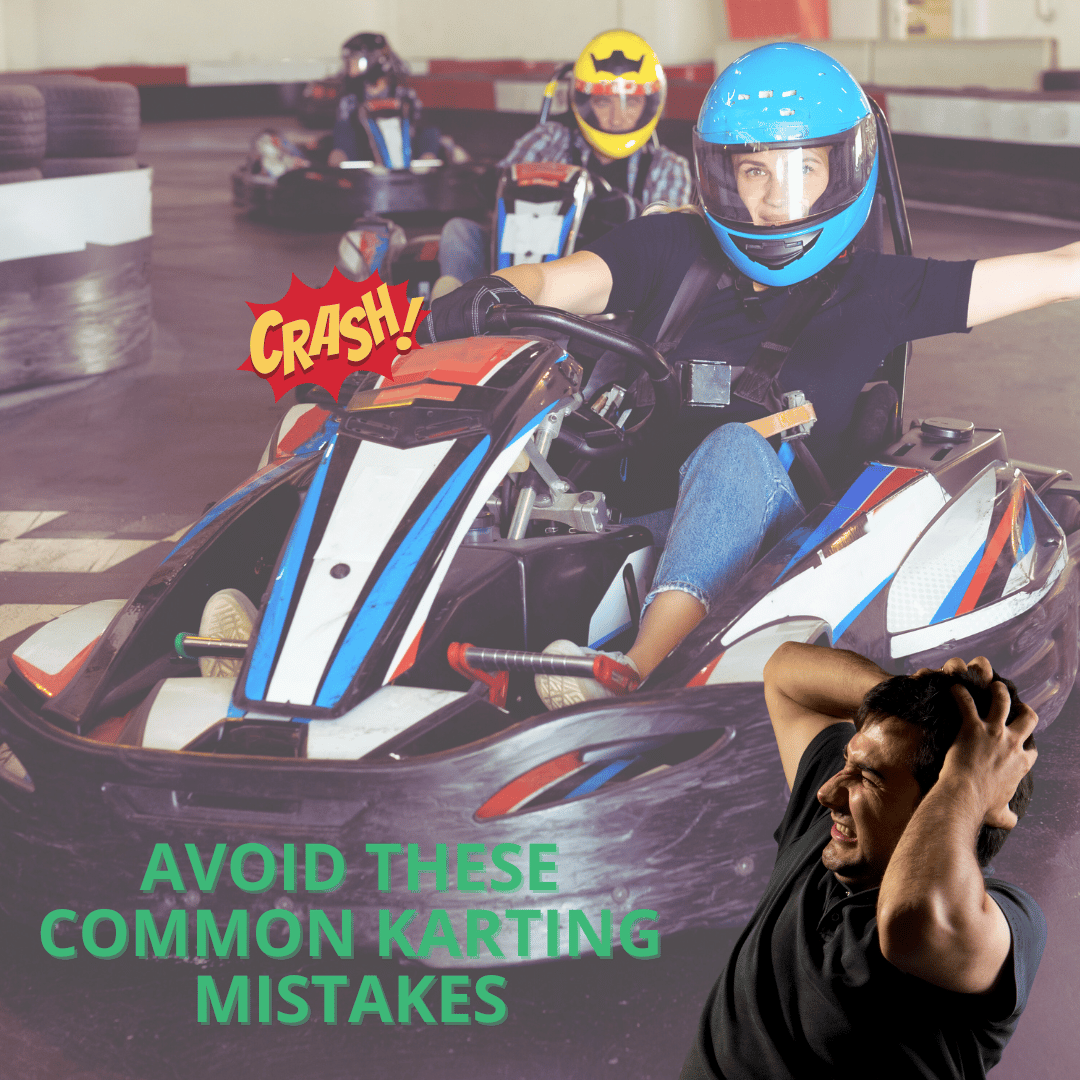
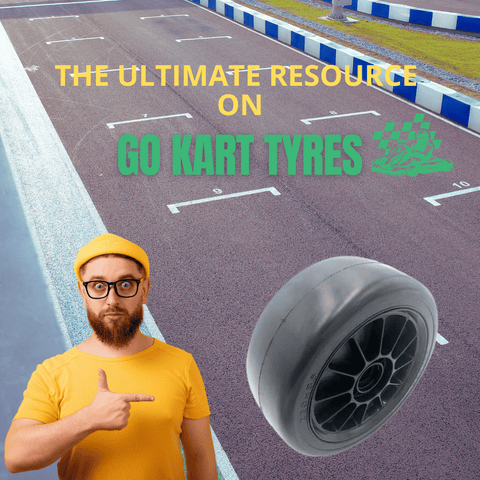
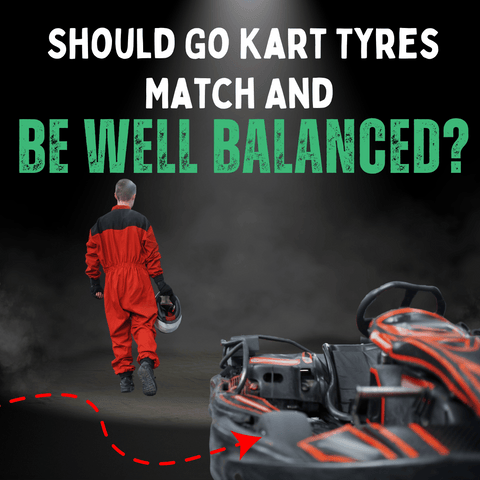
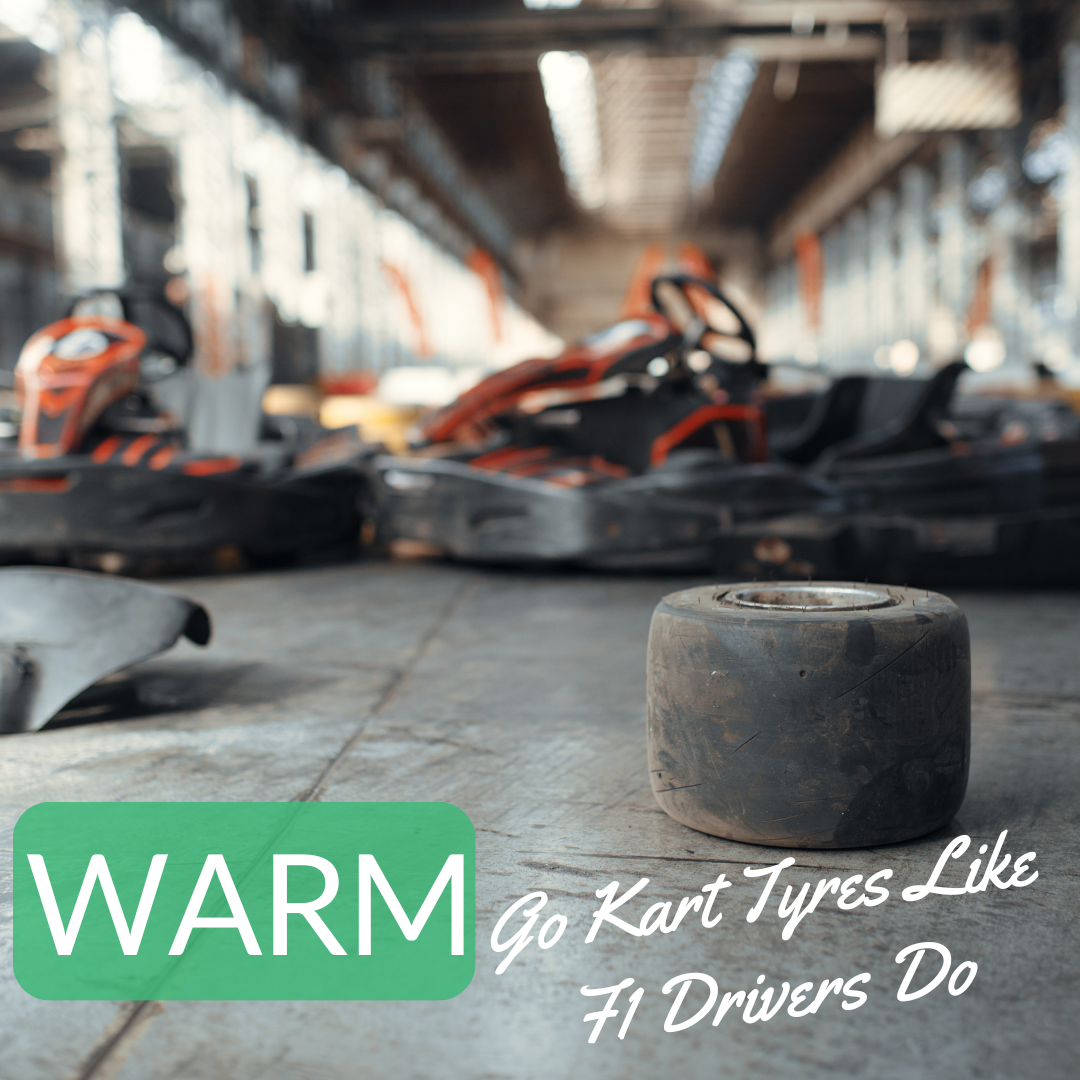
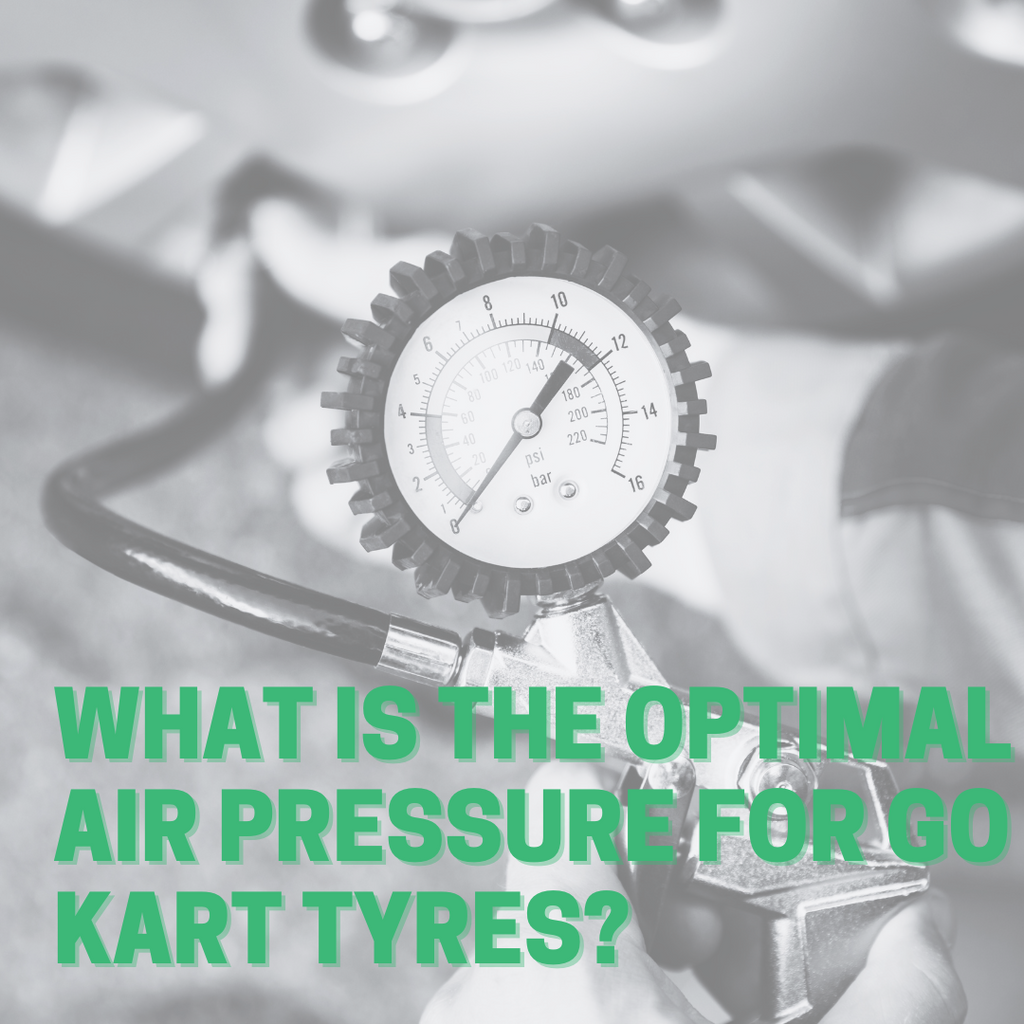


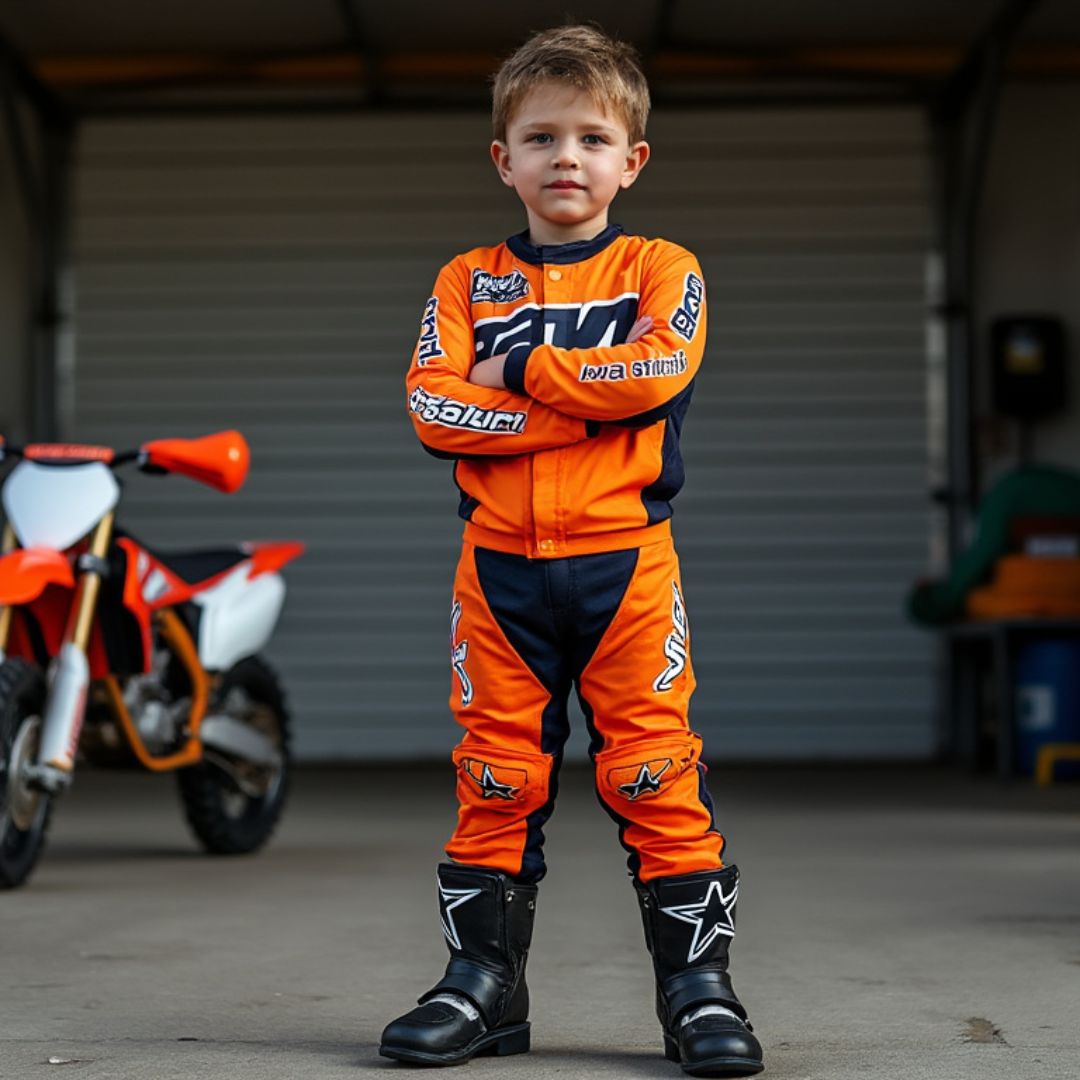
Share:
Will A Go Kart Fit In A Car?
Top Go-Kart Strategies to Transform Your Skills in 2025